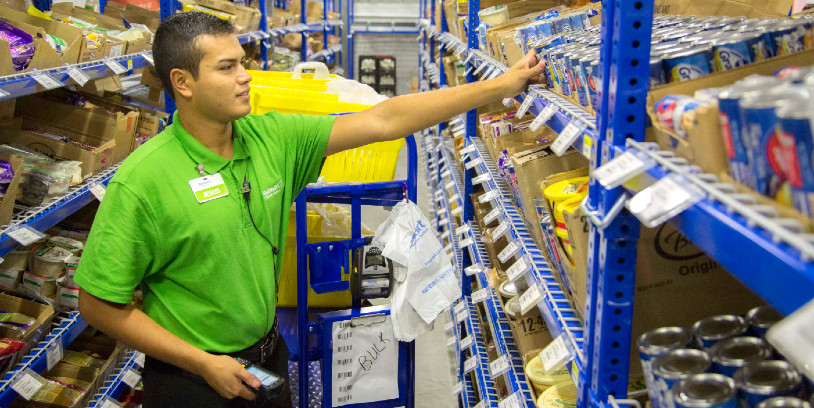Grocery shopping is now omnichannel, with digital channels influencing 69% of sales in 2023. However, profitability is still challenging for grocers, with $23 billion lost in 2022 due to unavailable or unsubstituted items.
Recent research by Incisiv, conducted in collaboration with FMI-The Food Industry Association and in partnership with RELEX, highlights the importance of strategic fulfillment in achieving digital profitability.
The report, Increasing Online Profitability Through Strategic Fulfillment, guides grocers to navigate the complex landscape of strategic fulfillment, identify growth opportunities, and overcome challenges to thrive in an increasingly competitive market.
“Digital offers immense growth potential. However, for that growth to be profitable, grocers must improve their fulfillment operations considerably. Grocers can unlock the opportunities presented by optimizing availability, enacting more strategic fulfillment methods, and harnessing the power of AI to improve their margins,” said Gaurav Pant, Chief Insights Officer of Incisiv.
Incisiv is a peer-to-peer executive network and industry insights firm for consumer industry executives navigating digital disruption.
Related Article: What are the Advantages of eCommerce vs. Shopping in a Supermarket?
Key takeaways from the report include:
- 97% of grocers view improving product availability as their top technology priority, followed by using technology to balance workload better and orders (89%).
- Produce and Center Store products are the top two areas designated for more strategic fulfillment options.
- Close to 90% of respondents stated that optimizing their end-to-end order fulfillment methods will give them the best opportunity to improve profitability.
- 59% of grocers are dissatisfied with their e-commerce strategic fulfillment solutions.
FMI Vice President, Industry Relations, Doug Baker said: “Technology is enhancing customer loyalty and retention; Since 2019, among the wide range of applications we see in our operations analyses is that most food retailers have been experimenting with new technologies to improve customer experience and efficiency, relieve margin pressures, shore up labor limitations, and improve e-commerce capabilities. Key strategies have included shopper loyalty programs and a checkout experience focused on frictionless speed.”
“As the grocery industry continues to adapt to the omnichannel landscape, they must evolve their strategic fulfillment strategies to align with consumer expectations,” said Marc Koehler, director of product strategy at RELEX Solutions.
RELEX Solutions helps grocers and consumer brands drive profitable growth across all sales and distribution channels by maximizing customer satisfaction and minimizing operative costs.
“Unifying processes and driving efficiencies related to strategic fulfillment, including forecasts and order recommendations, and pricing and promotion strategies will all help to improve profitability while ensuring consumer satisfaction,” Koehler added.


